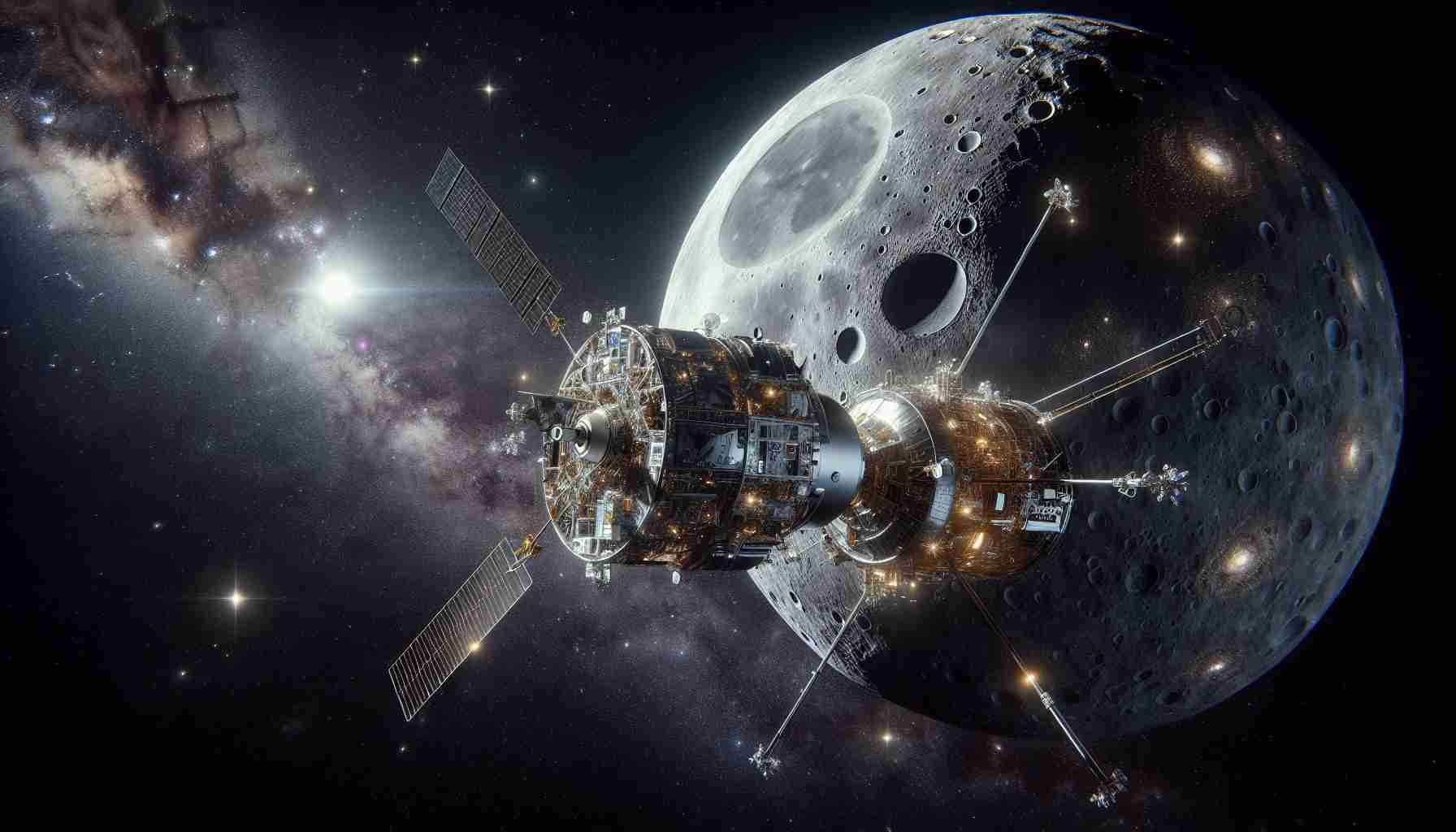Seoul, 28th January (SocialNews.XYZ) – South Korea is embarking on an ambitious mission to conquer the Moon with its first-ever lunar exploration mission called Danuri. The Korean Moon Probe Pathfinder (KPLO) aims to lay the groundwork for future space exploration and robotic landing on the Moon by 2030.
On August 5, 2022, the Danuri probe was successfully launched towards the Moon. After a 145-day journey, the probe entered lunar orbit on December 27, 2022, marking a significant milestone for South Korea’s space program.
Following initial operations and tests for over a month, the Danuri probe commenced regular mission operations in February. It carries six payload modules, which include exploring potential landing sites, conducting scientific research, and validating satellite internet communication technology.
One of the remarkable achievements of the Danuri probe is its stable lunar observation capabilities and data communication. It has captured images of the far side of the Moon, a feat that has never been achieved by a South Korean satellite before. Furthermore, the probe has the ability to transmit video and images using satellite internet communication.
Originally scheduled to end in December 2023, the mission has been extended until December 2025 due to fuel analysis and the status of the main probe system. The success of the Danuri mission in entering lunar orbit has proven South Korea’s capabilities in space exploration and building a Moon probe that can reach its destination. This achievement lays a solid foundation for future space exploration and the development of a lunar lander, according to the Korea Aerospace Research Institute (KARI).
Equipped with four instruments built in South Korea and a camera provided by NASA called ShadowCam, the Danuri probe has captured high-resolution images of regions on the Moon that may contain valuable resources like ice. It has also observed the areas where the future Artemis III crewed mission is planned.
The scientific measurement modules onboard the probe are conducting extensive research. They are investigating the Moon’s magnetic field, measuring quantities of elements and molecules such as uranium, water, and helium-3. Additionally, they are photographing the dark craters on the Moon’s poles that are permanently deprived of sunlight.
In addition to the Danuri probe, South Korea’s Moon exploration program includes another lunar probe, a lander, and a rover. The success of the Danuri mission has the potential to expedite the development of South Korea’s first robotic lunar lander, which is planned for launch in 2030.
Former South Korean President Moon Jae-in expressed his ambition for space research projects and the country’s vision for landing on the Moon using a domestically-built launch vehicle by 2030. South Korea aims to gain technological prowess, experience, and confidence through lunar exploration, which will serve as a solid foundation for further advancements in the field of space.
자주 묻는 질문:
The source of the article is from the blog agogs.sk
